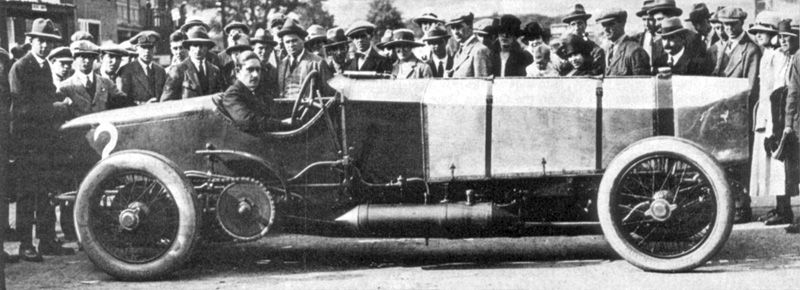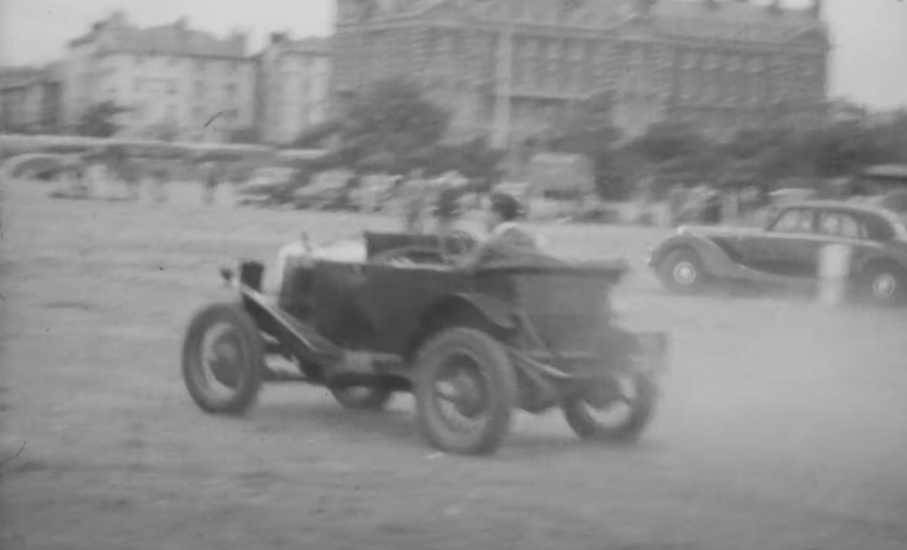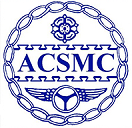The Club Today
Southsea Motor Club is registered with Motorsport UK for the organisation of motor competitions and belongs to the Association of Central Southern Motor Clubs (ACSMC) and the Association of South Western Motor Clubs (ASWMC) thus ensuring its members every opportunity to become involved in the full range of championship events run by these organisations.
Where We Meet
The club today meets on the first Monday of the month at 8.00pm at the “Cams Mill”, Cams Hall Estate, Portchester, Fareham PO16 8AA and a full calendar of events awaits anyone who, like those six early stalwarts in 1931, wants to do just a little more than just drive their car.
We organise a series of 12 car rallies, a stage rally, scatters and sporting trials plus a variety of social and fund raising activities.
Social Media
Club Policies
- Southsea Motor Club Safeguarding Policy
- Southsea Motor Club Social Media Policy
- Southsea Motor Club Privacy Notice
Articles of Association of Southsea Motor Club Ltd
Club History
SOUTHSEA was first mentioned in a Motor Sporting context as early as 1922, when the first Southsea Speed Carnival was held, using the sea front as a sprint course. Notable vehicles at this event were Count Louis Zbrowski’s 23-litre Maybach aero-engined ‘Chitty-Bang-Bang’ (which inspired Ian Flemming’s children’s story) and the renowned 1½ litre AC of J. A. Joyce. This AC was the first light car to achieve 100mph., winning the Standing Start Mile at the Southsea Carnival with a speed of 69.5 mph.

At least two of Southsea Motor Club’s current members can recall being taken to this Speed Carnival by their fathers and there can be little doubt that a lasting impression became significant when, some nine years later, some of the young men who had watched the spectacle in 1922/3 were of an age to motor around the Southsea area in cars of their own (or maybe cars borrowed from Dad). By virtue of regular contact and similar interests, in 1931 they decided that just driving around in their cars was not enough and with the national interest in motor sport growing, this handful of youthful enthusiasts became known amongst themselves as the Southsea Motor Club.
Ladies have always featured in the club and may well have been the prime reason for its formation. The young ladies of Handley’s Store were the object of our six stalwarts’ desires and they set out to impress these local sirens with roaring engines and screaming tyres.
The club applied to the RAC for registration and were the 60th club to be registered in Great Britain. Early events were very much of a social occasion and club records show that Sunday afternoon Treasure Hunts were very popular, often starting from the Wymering Race Course and ending with high tea at The Botleigh Grange Hotel. Some of the treasure to he collected along the way defies belief: a copy of `Razzle’ magazine, a policeman’s helmet and a glass eye are just some examples! With sixty competitors, helmets and glass eyes must have been at a premium.
Some of the earliest speed events documented include hill climbs at Windmill Hill, Clanfield and sprint events at Highbury Grove, Cosham. Before the Highbury estate was built, the roads were laid and the club acquired the use of the roads for motorsport events. The fact that the Chief Constable of Portsmouth Police was club President at the time may have had some influence.
The war years saw a total decline in club events but in 1946 the threads were again picked up and with the easing of petrol rationing motor sport began again. Trials featured high in club esteem and with members Ron Faulkner and Dink Baker travelling to all major events in the country and very often winning into the bargain, the name at Southsea Motor Club became well known throughout the motor sport fraternity.

In 1953 a new challenge was given to the club; to organise the Portsmouth based Lorry Driver of the Year competition. A young unknown motoring journalist Raymond Baxter, of the B.B.C. was one of the originators, along with Bertie Symonds. Bertie stayed with the event and for many years was Chairman of the Organising Committee.
Southsea Motor Club registered as a limited company in 1957 in the late nineteen-fifties and early nineteen-sixties the club ran Sprint events at Goodwood Motor Circuit which regularly attracted several hundred spectators and many of the top racing drivers of the era. The closure of the Goodwood Circuit caused the club to look elsewhere for a sprint venue and the R.A.F. at Thorney Island allowed the use of a runway. Sprinting returned to Goodwood in the nineteen-seventies and the club continued to run events there until early this century.
The nineteen-sixties saw the beginning of the golden years of rallying. The Monte Carlo Rally became one of the biggest and best known events and it always attracted several club entries. Before the emergence of the manufacturers interest, the event was very much a free for all and taking part was just as important as winning. Stage rallying had not enjoyed the high key coverage that the Monte had, but in the mid to late nineteen-sixties the RAC Rally attracted the eye of a young Paul Faulkner who decided to acquire one of the new Ford Escorts and along with navigator Monty Peters began a decade of putting Southsea Motor Club alongside the best international drivers in the world.
In the nineteen-sixties and seventies the club regularly ran national rounds of the RAC autotest series and these events took place during March or April and used the car park behind the fun-fair at Clarence Pier, Southsea.
Club membership varied between 100 and 150 members and so when the offer of a forest stage rally was given to the club, help was needed from another active local club, and, as the Cosmopolitan Car Club had already joined with Southsea to run the Southern Stages Rally, it was this combination which began forest rallying at Ringwood. Ringwood became part of the national rally scene for may years since then.
Motor sport has changed greatly over the years and to be really competitive costs a lot of money and factory backing, so like most other clubs, Southsea Motor Club now offers a low cost, ground roots type of’ motor sport which gives a newcomer a taste of the big time.





